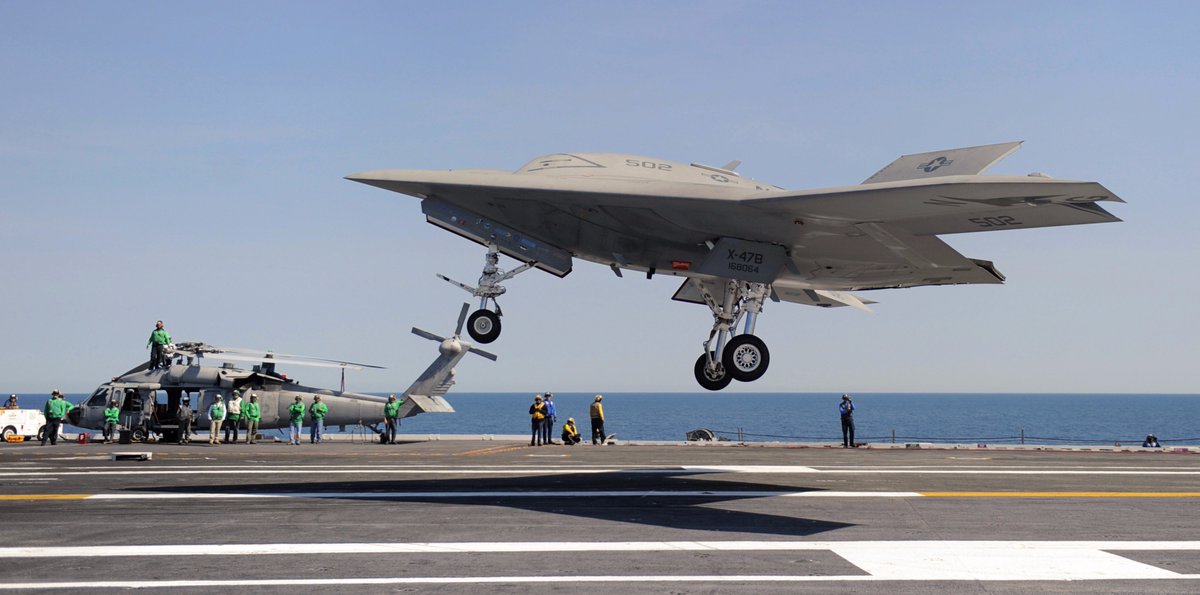General Atomics demonstrates MQ-25 drone’s flight deck capability
By:
4 hours ago
WASHINGTON ― General Atomics Aeronautical Systems has successfully demonstrated flight deck taxi capability for the MQ-25. Using a
as a surrogate, the company demonstrated its unmanned platforms can integrate with the complexities of flight deck operations.
The Avenger specifically showed it could taxi and transition to launch and recovery phases. “This demonstration proves that the GA-ASI solution will integrate into existing ship operations, and that translates into less time spent steaming into the wind for launches and recoveries,” David R. Alexander, president of GA-ASI’s aircraft systems unit, said in a news release.
Flight deck operators used specially designed wands that enabled the unmanned system to “see“ standard Naval Air Training and Operating Procedures Standardization flight deck director hand gestures using GA-ASI recognition algorithms.
“MQ-25 will be able to ‘talk back’ to the controller and other flight deck personnel using a small series of LEDs that change colors and/or flash to show that they have received a command and indicate the aircraft’s condition or operating state,” Alexander said. “To give you an idea of how the system works, think Wii for aircraft control.”
The other companies competing for the MQ-25 contract ― Boeing and Lockheed Martin ― have also been making progress on their respective proposals. Boeing has already constructed one prototype and may very well be close to
.
Unlike Boeing,
has opted not to construct a prototype until a contract has been awarded. However, Rob Weiss, outgoing head of Lockheed Martin Skunk Works, said the company is “prepared to move into an accelerated program for the development phase.”
The Navy plans to pick an MQ-25 vendor this summer and will award a contract for the four engineering and manufacturing development aircraft, with an option for three more test assets.

